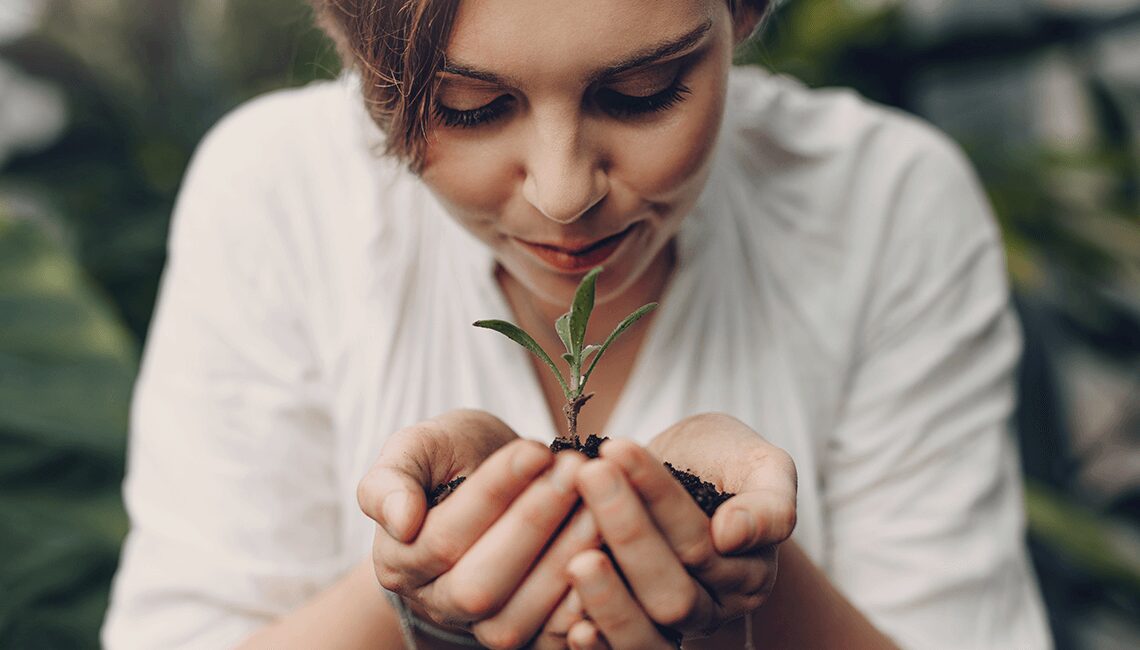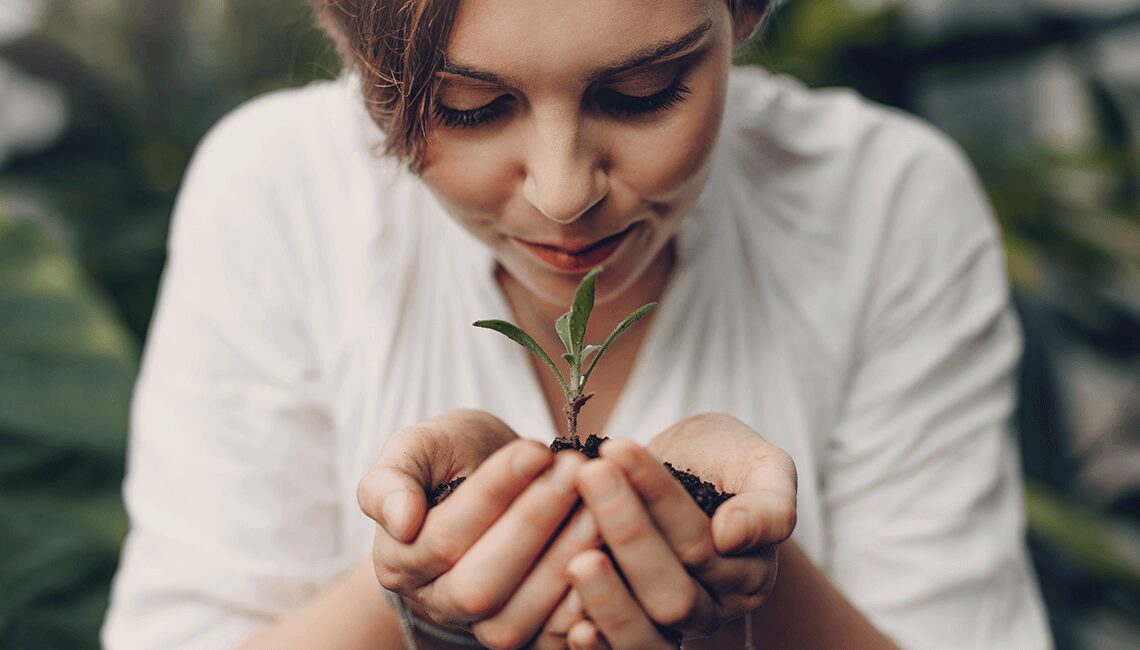Before we know it, summer will be here. That means peeling off those extra layers, and enjoying some time off. Plus, you might be looking forward to hitting the beach, going on a bike ride, or firing up the grill. But, there’s one activity with a lot of health benefits that’s often overlooked: gardening.
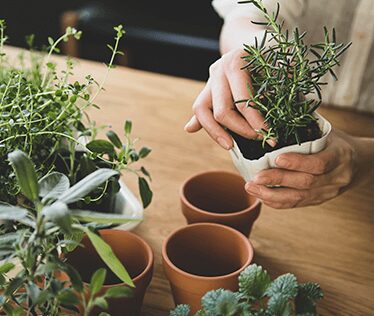

The hobby has taken off in the pandemic–research shows there are 16 million new gardeners during COVID-19–and is one of the best ways for anyone to jumpstart a fitness regimen. Some experts even consider it a “gateway exercise.” That’s because it’s regarded as non-exercise activity thermogenesis (NEAT), meaning you’re getting your body moving. And once you’re in a movement routine, you’re more likely to try other workouts. You can start to progress the intensity levels over time without feeling like a daunting task.
Not to mention, being involved in planting flowers, pulling weeds, and raking burns calories and builds strength. A 160-pound person can burn up approximately 350 calories in an hour.
There’s a mental health benefit as well. Studies show that merely being outdoors reduces stress, anger and sadness, blood pressure, and muscle tension. And nurturing plants helps promote a growth mindset, while harvesting them can provide a safe food source. These are all particularly key during a pandemic.
But with all of these newbies entering the garden scene, there could be lots of frustrations that get in the way of the activity’s full benefits. Angelo Randaci, Master Gardener and Horticulture Expert at Earth’s Ally–a non-toxic line of safe organic gardening products–gave some tips on getting started and ensuring green thumb success.
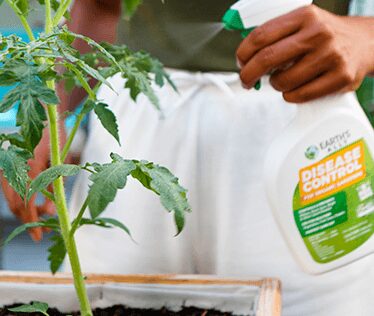

1.Start with container gardening: If you’re a first-time gardener, the best way to get started is with container gardening. You can grow practically anything in a container, windowsill, or a raised bed. Maintenance is minimal because you don’t have to worry about weed infestations. Watering and feeding are easier, and most containers are movable.
2. Don’t start from seed: Purchase plants from your local garden center to save time. The varieties they offer are selected especially for your area.
3. Opt for an herb garden: If you want to impact your health and wellness, start with herb gardens. This is a sound approach because herbs are typically smaller. They can be grown both indoors or outdoors and are fairly resilient. Think about the herbs you use the most and plant those. The benefits of gardening with them will impact your well-being while adding a flavor to your everyday kitchen recipes.
4. Pick pest-resistant varieties: Choose varieties pest-resistant and best suited for the growing conditions in your area. This will minimize pest and disease problems. Then use a non-toxic, natural product like Earth’s Ally to ensure other pests and weeds stay away while your plants and family remains safe.
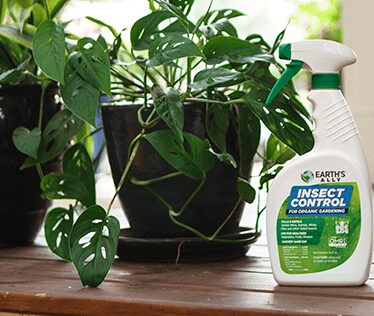

5. Put together a complete tool kit and keep it on hand: This should include rakes, shovels, hand trowels, garden gloves, pruners, and safe products to help control insects, weeds and diseases.
6. Keep a gardening notebook: It is the best way to remember your gardening experiences and plan for the next year.










